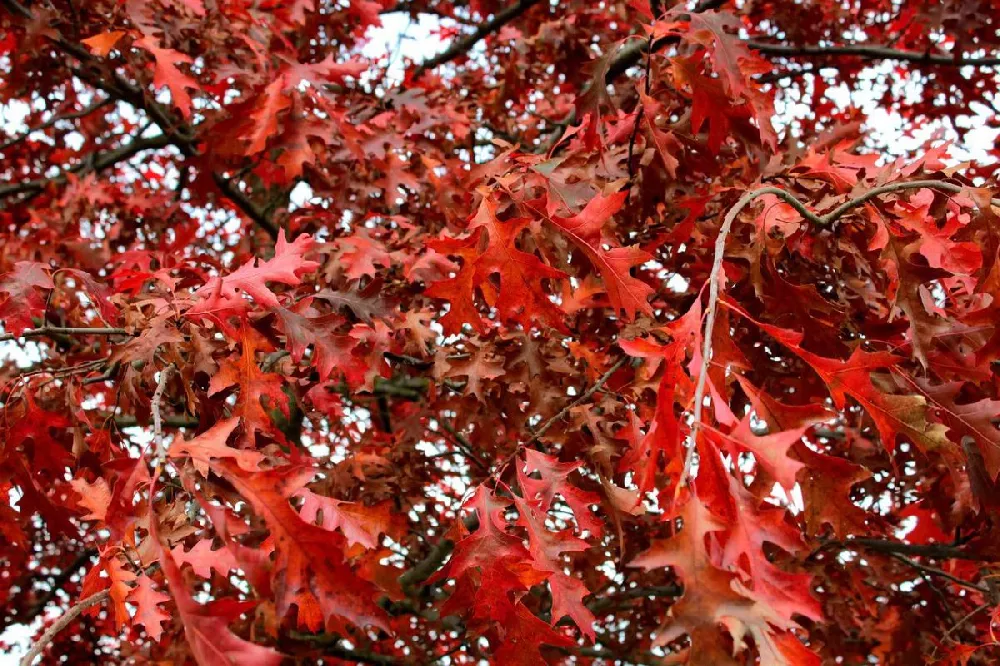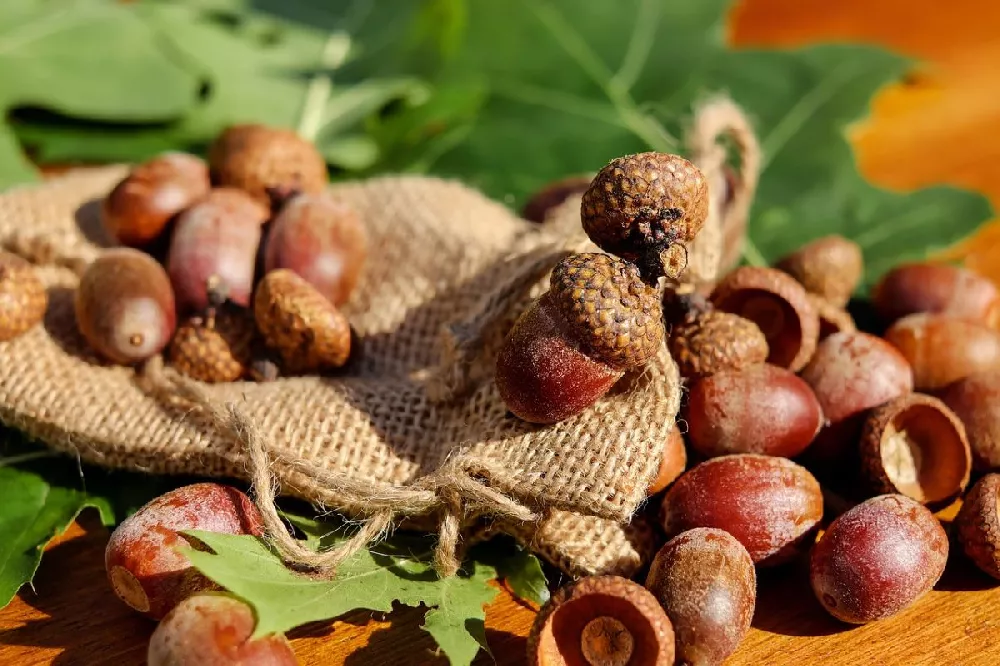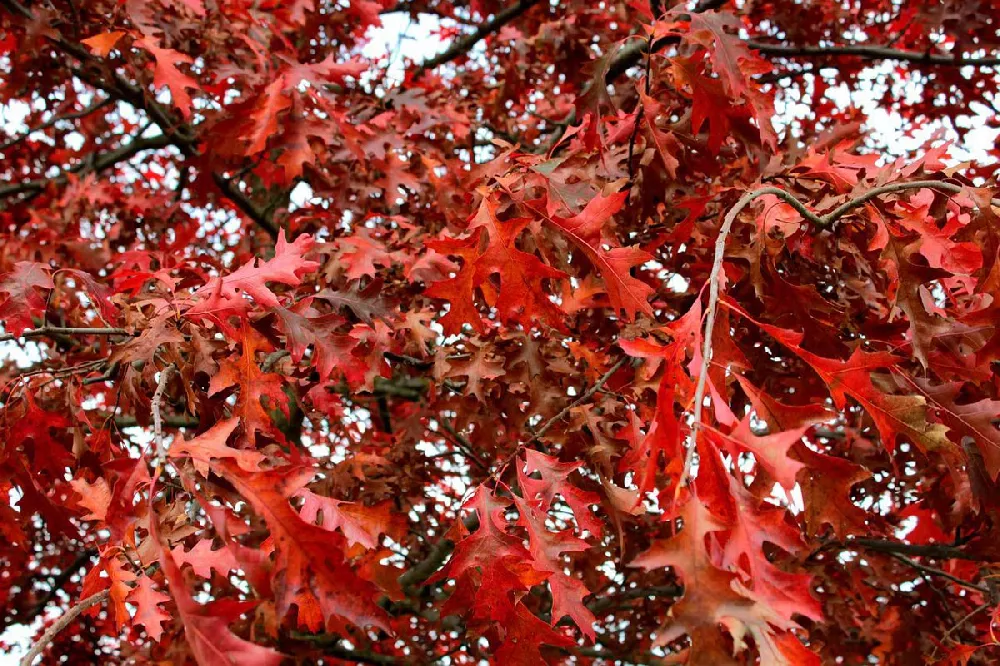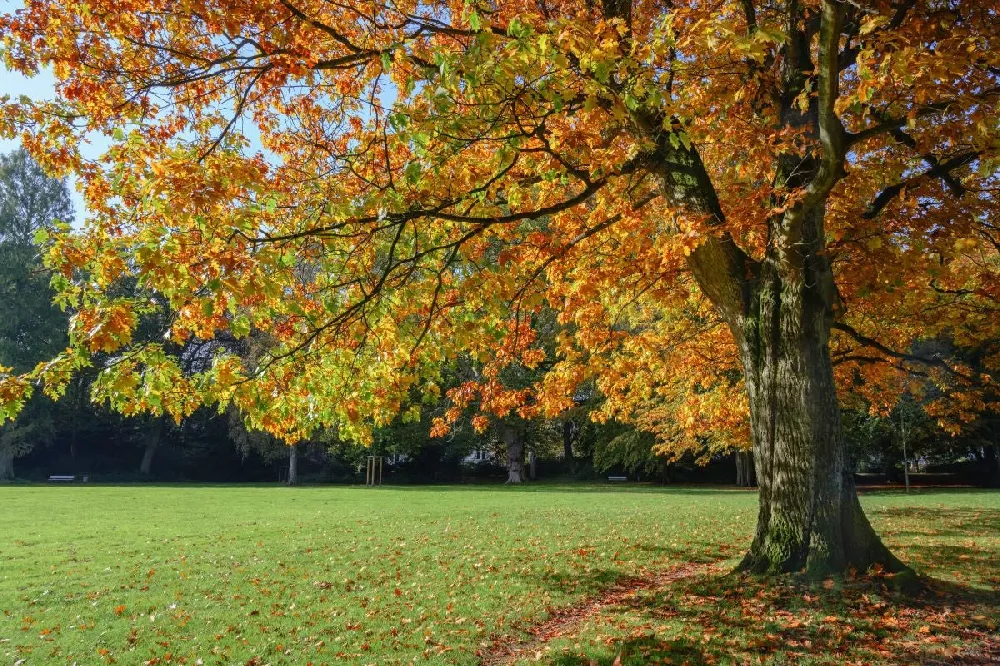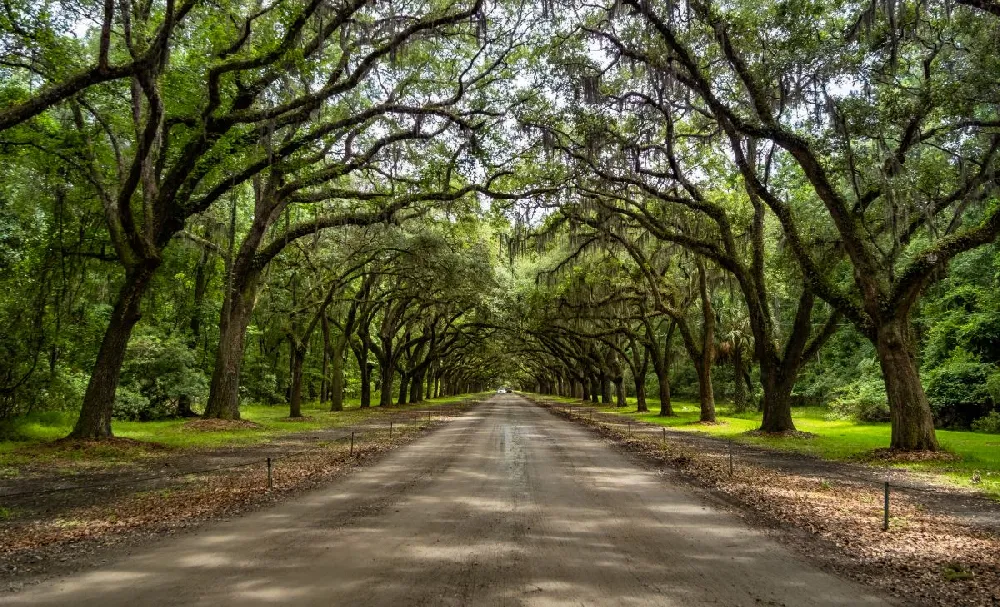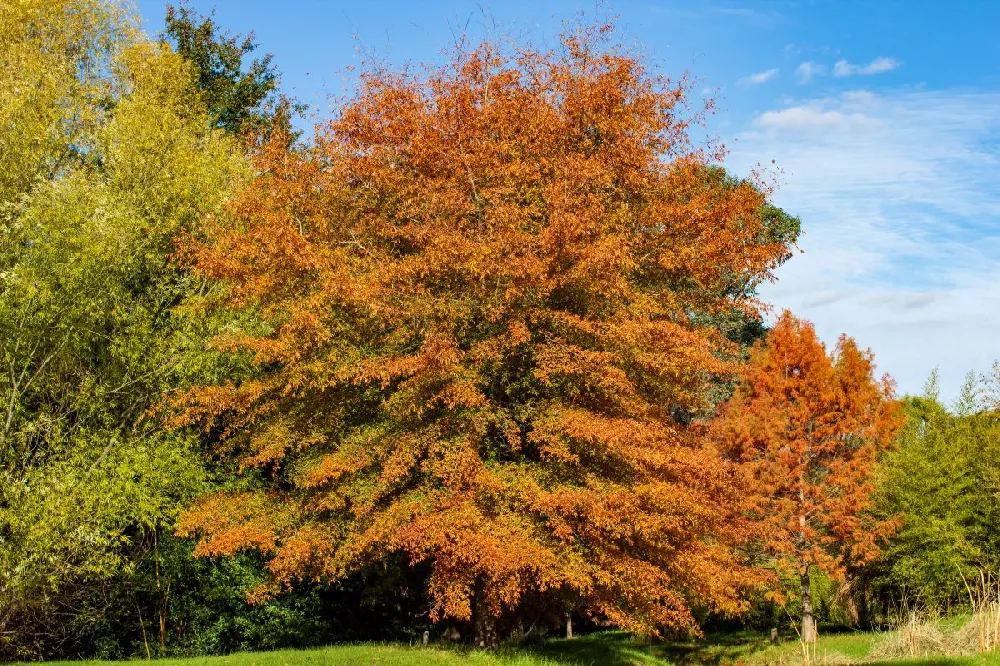- Home >
- Ornamental Trees >
- Southern Red Oak Tree
Southern Red Oak Tree for Sale - Buying & Growing Guide
If you're a gardener living in hardiness zones 6 through 10 and you are looking for the perfect shade tree, then you need to give the southern red oak tree a try. This majestic species grows to a height of more than 70 feet, with large spreading branches that create a lovely, shade-giving canopy. In fall, that canopy takes on a red-tinted hue before the leaves eventually fall to the ground. Thankfully, this species, Quercus falcata, is very easy to care for as well, as it has relatively low water and fertilization needs and can even survive drought.
- The southern red oak is one of the best large shade trees.
- It adapts well to dry soils.
- This oak is easy to maintain once established
Enter your zip code to find nearby stores that may carry this plant.
Plant Care
Sunlight

The southern red oak grows best in areas that receive at least six hours of direct light per day.
Watering
Water weekly until established. Then water your tree about once per month during the hottest parts of the year.
Fertilizing

Fertilize in early spring with a nitrogen-rich fertilizer.
Planting and Care
Planting instructions
Before you plant this tree, observe its root ball. If you find that the root ball has tangled masses of roots, use a hand rake or a garden knife to loosen those roots. Then, dig a hole that is as deep as the root ball is tall and at least twice as wide. The best soil for this plant is a sandy loam that is slightly moist with good drainage. However, the southern red oak can adapt to sandier soils too. Your planting location should also be one that receives full sunlight each day.
Watering and nutrients
After you plant your southern red oak tree, give it water about once per week to help the tree establish itself in its new growing location. After the tree is established, it will need far less water. Mature southern red oaks can withstand drought, but watering about once per month during the growing season typically leads to the best results. Fertilizing for this tree should take place once per year in early spring, and you should use a nitrogen-rich fertilizer mix.
Pollination
Like other oaks, the southern red oak tree is a wind-pollinated species. These trees also hold both male and female flowers, which typically means self-pollination is the default mode of reproduction. Despite this, many oak trees appear to be incapable of self-pollinating, with mature fruits appearing only on trees that grow near a pollinating pair. When pollination does occur, the southern red oak will produce round, dark brown acorns with shallow caps that appear in pairs on the branches.
Pruning
The best time of year to prune a southern red oak is during the colder months that span late fall, winter, and early spring. When pruning, you should remove any branches that are dead, damaged, diseased, or crossing. Typically, the southern red oak tree responds well to pruning, which means you can remove up to one-third of the canopy when you prune. However, it’s rare that you’ll need to prune this plant that much — it develops a neat, rounded shape naturally.
Pests, diseases, and animals
The unfortunate reality of growing oak trees is that these plants can be quite susceptible to pests and diseases. One of the main concerns for those who grow southern red oak is oak wilt, which can arise as the result of poorly timed pruning. Along with that threat, the southern red oak may also face complications including root rot, cankers, leaf spot, and powdery mildew. Insects such as scale, gypsy moths, and oak skeletonizers also pose a risk to the health of your southern red oak.
Achieving maximum results
One advantage of growing a southern red oak is that this plant can adapt fairly easily to dry soils in which other plants may struggle to grow. However, you should be careful when choosing a growing location for this species. On the one hand, it can be quite vulnerable to construction damage, which may lead to death in some cases. Also, like other oaks, the southern red oak has a deep taproot, which makes it difficult to transplant this tree once it has established itself.
FAQs
Why is it called the southern red oak tree?
Does the southern red oak attract animals?
Since the southern red oak does not bloom with showy flowers and is a wind-pollinated species, you might expect that it does not attract much wildlife. However, that is not the case. Southern red oaks can provide shelter for certain birds and small mammals. This tree's acorns will also be a popular food source for many animals, including many birds, mammals, and deer.
How long do southern red oak trees live?
The southern red oak tree can be a long-lived plant if you grow it in the correct location and give it the right care. In fact, this tree may surpass 200 years old in the right setting. This long life span is true for many other popular deciduous oak species as well. Typically, the oldest examples of these trees occur in the wild or in botanical gardens. However, you can expect your southern red oak to last a long time in your yard as well.
Compare Similar Products
You can't add more Product Name - Product size to the cart.
OK